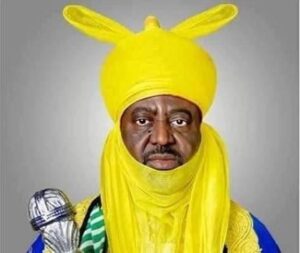The Kano Emirate has a rich and ancient history that dates back centuries. It was established in the 19th century by Muhammadu Rumfa and has played a significant role in the development of northern Nigeria. The emirate has witnessed the rise and fall of different dynasties and has been a center of trade, culture, and Islamic scholarship.

His Royal Highness Alhaji Aminu Ado Bayero CFR. JP is the current and 15th Fulani Emir of Kano from the Fulani Sullubawa clan. He ascended the throne on 9 March 2020, He is the chancellor of the University of Calabar. The emir worked as a public relations officer at Kabo Air, before becoming a flight engineer
TRADE, CULTURE AND TOURISM
Kano State is the second-largest industrial Centre after Lagos State in Nigeria and the largest in Northern Nigeria with textile, tanning, footwear, cosmetics, plastics, enamelware, pharmaceuticals, ceramics, furniture and other industries. Kano is an excellent location for starting a manufacturing, trading or agriculture business. Kano’s big population and closeness to neighbouring countries provide for increased market access.
Kano has many places of interest, such as Kurmi market established in the 15th century is in the heart of Kano City, the centuries-old city wall with some of its gates still standing. Emirs Palace (Gidan Rumfa), Kofar mata Dye Fit Kano State Museum (Gidan Danhausa) kano city gates & walls Dala & Goron Dutse Hills Dawakin Tofa Pottery Minjibir Weaving centre Falgore Game reserve When it Comes to Durbar,
Kano Durbar is one of the largest procession of colorful horses in the world. It has evolved with the history, culture and tradition of the people of Kano over a period of time. It marks the Islamic holidays Eid-al-Fitr and Eid al Adha
